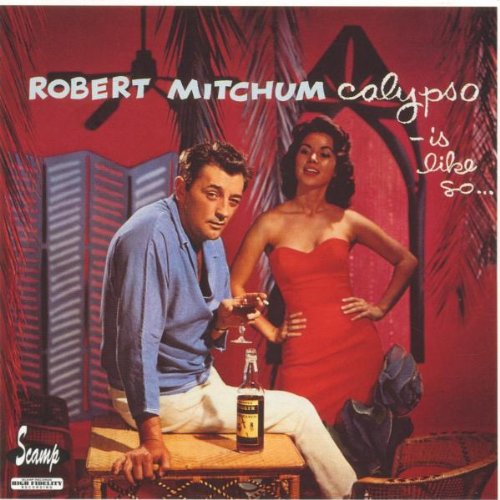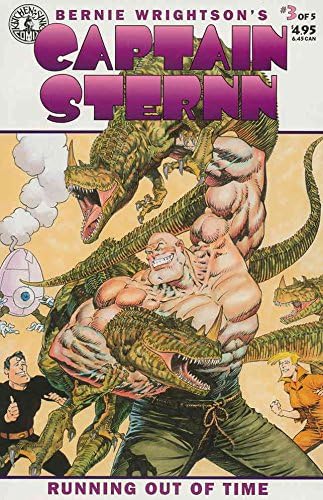All mushrooms are edible, some only once.
Does “plethera”, from some of the shepherd’s counts, bear any connection to “plethora”, meaning abundance?
I mean, an abundance of sheep would probably be a lot more than four of them, but…
Yes, similar to that. But many counting rhymes are complete nonsense. I used to go out of my way to ask different people about what they used when they were kids. There’s even one used in a Three Stooges movie, though that one appears to have some actual words in it.
Here’s one (but please forgive the attempt at reproducing it phonetically):
Ibbity-dibbity, ibbity-fig,
Ilya norma norma-dig,
Icha-bicha, norma-nicha,
Hum-bum-tusk.
Illiky-billiky boo.
Y-O-U spells “out goes you!”
Of course, I’m sure this is as much a corruption of some original material as “Olly-olly-oxen-free-o!” is.
IJL that “Big Ben” is actually the name of the bell within the tower (the Elizabeth Tower) that houses the famous clock. I’m sure many of you will respond with “Duh”, but I somehow missed that fact my whole life.
ETA: I didn’t even know there is a bell in it, and I’ve been there twice.
Big Ben is properly called the Great Bell (though I doubt anyone calls it that anymore) and was made by the Whitechapel Bell Foundry which also made the Liberty Bell. So Big Ben and the Liberty Bell are siblings.
Also Big Ben cracked when it was first used, because they used a hammer twice as heavy as recommended when testing it. It was patched up and rotated so the hammer strikes a different part of the bell and that is why it has such a distinctive chime.
There are actually 5 bells up there.
Together they play the famous Westminster chimes.
I thought I was a smarty pants for knowing Big Ben was the “clock”; not the tower. I didn’t know it just referred to a bell.
I’m beginning to suspect that the Whitechapel Bell Foundry just has crap quality control.
“Not the clock and not the tower
but the bell that chimes the hour”
Watching “Heaven Knows, Mr. Alison”, I pulled up the IMDB page and was a bit surprised to discover that Robert Mitchum became a fan of Calypso music after spending time on location in Trinidad and Tobago. He ended up recording a decent album Calypso - Is Like So… with just the kind of cover you’d expect from Mr. Mitchum:
Tbh, that looks like his head was pasted on a model’s body.
Producing large (edited) metal items (/edited) without any defects was a serious challenge before the modern steel industry. Cast iron cannon occasionally blew up from internal flaws.
It was made of bronze which had been cast successfully for millennia prior to that. More likely the problem was the shape that probably became stressed in cooling, perhaps cooling too rapidly.
We should say nice things about them, they’re going through a difficult time.
(But I did laugh out loud.)
j
I am certain there must be other stuff of interest there, but “Whitechapel” always triggers the thought of that one particularly incisive person.
(Via Tom Scott’s podcast)
Bow tie pasta is also called farfalle in Italian.
In Italian, farfalle means butterfly, so it’s not bow tie pasta there, it’s butterfly pasta.
Hm, what is the Italian word for bow tie? It’s papillon.
That sounds familiar… papillon is the French word for butterfly.
I wonder what the French word for bow tie is? It’s noeud papillon… or butterfly knot.
And here we are, English speakers, we are totally ignoring the bow tie / butterfly connection. I feel cheated.
FWIW, bow tie in German is “Fliege”, “fly”, so not a butterfly, but at least an insect. The pasta in German is “Farfalle”, we have adopted most pasta names from Italian. And “butterfly” in German is “Schmetterling”, literally “smashling”. I have no idea where this comes from, I’ve never associated butterflies with smashing.
Looking this up, it appears that pavilion is cognate with papillon, because in Medieval Latin one of the words for ‘tent’ was ‘butterfly.’ (The other, tenta, is “stretched-out thing.”)

